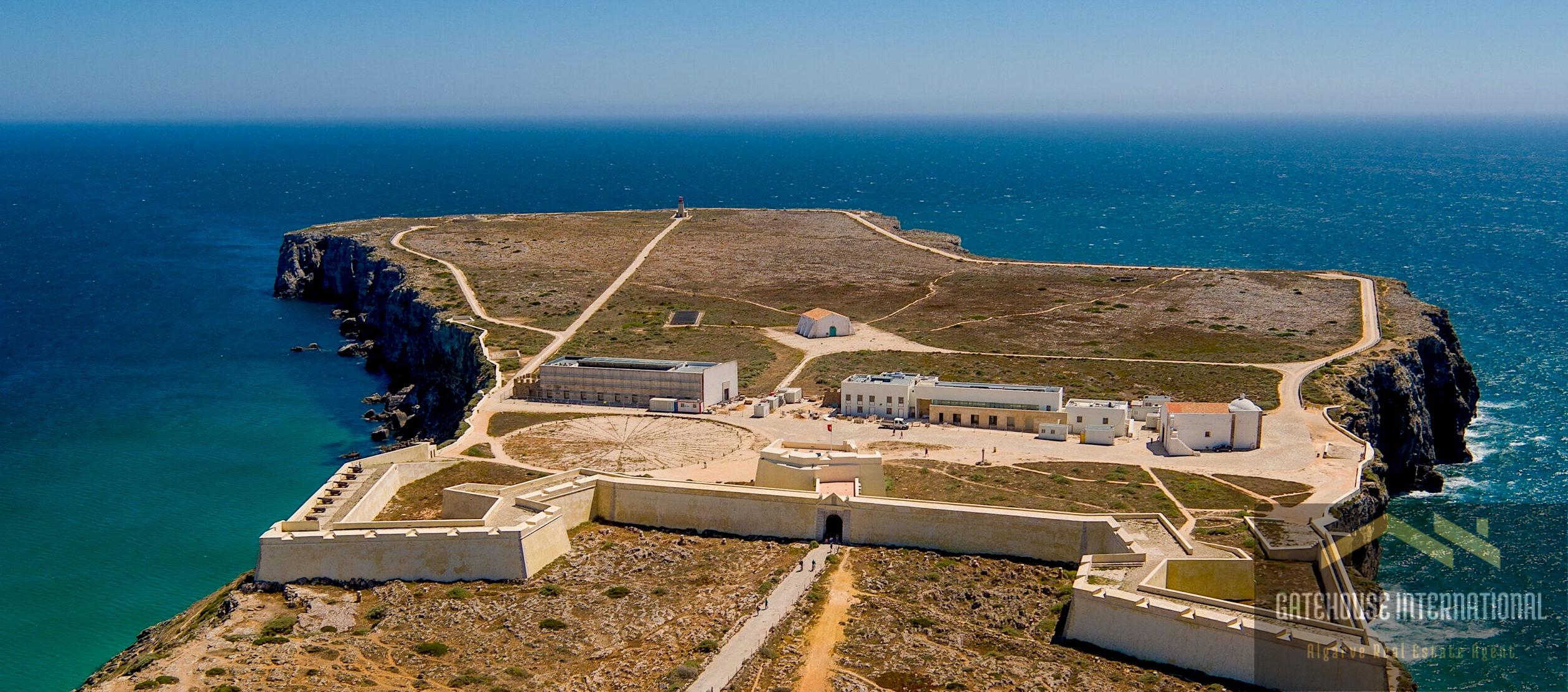
5 Cultural Sites Full of Historical Interest in The Algarve
Cerro da Vila – Vilamoura, Quarteira
Cerro da Vila near the marina in Vilamoura mainly consists of the ruins of an ancient Roman settlement thought to be from the 1st century BC.
The site reveals two wealthy rural houses and a working centre probably used for agriculture and fishing. Dams are evident and most likely used for trapping sea fish.
A necropolis cemetery would hold tombs or graves and several port-type structures and a typical roman bath structure.
The settlement was also inhabited during the Visigothic and Islamic periods, however, it was abandoned in the 11th century.
Discovered in 1963, It was classified as a Property of Public Interest in 1977. The site also holds a museum and an informative centre.
Capela dos Ossos – Faro
A small chapel at the rear of the 18th-century Carmelite church Nossa Senhora do Carmo in the old town of Faro holds the bones of over 1200 Carmelite monks.
Their bodies were exhumed from a nearby cemetery in the early 1800s. An inscription at the entrance reads Stop here and consider, that you will reach this state too.
The church is one of the finest Baroque churches in the Algarve. The chapel, built on the site of the original monk’s dormitory, is made up of 3 naves Its walls and eight pillars are “decorated” with bones and skulls fixed in place with brown cement.
The vaults are built from white plastered bricks which have been painted with fabled motifs of death. It is a monument of penance, with arches decorated with rows of skulls, it is thought around five thousand bones, including skulls were used in the construction.
There are also two entire skeletons chained and hanging from one of the walls, one is that of a child.
The chapel is dedicated to Senhor dos Passos, a character known in the city as Senhor Jesus da Casa dos Ossos, which represents the suffering of Jesus Christ on his journey with his cross.
Between July 2014 and October 2015, the chapel was renovated at a cost of €3.5 million. The work restored the damage that had occurred over time and a sacred art museum was added.
Arrifana Fortress -Aljezur
The Fortress of Arrifana was built as a military monument and is located in the locality of Arrifana in the municipality of Aljezur.
It was built in 1635 to protect the coastal strip in the Arrifana area and has undergone several rebuilding works throughout its history. The main ones were after the destruction caused by the 1755 earthquake.
It went into decline at the end of the 18th century, and in 1861 it had become completely abandoned.
The fortress is located on a cliff top about 70 m above sea level with a fantastic view across the Atlantic Ocean.
On the land-facing side, it is protected by a wall which has an entrance door with a round arch. Over the door is a tombstone with the date of construction of the fortress with the national shield and the coat of arms of the Coutinho family.
It was built by order of D. Gonçalo Coutinho, Governor of the Kingdom of the Algarve and Captain-Major, to defend the area of the coast namely Arrifana bay and an Amadrava whose prime source of food and income came from tuna fishing, and had been in operation since 1516.
Silves Castle – Silves
The castle of Silves was classified as a National Monument in 1910, overlooking the bustling town of Silves, it offers beautiful views of the neverending lines of orange trees and green countryside.
The castle is considered one of the best-preserved of Moorish castles in the Algarve.
It is thought to have been built on the site of an old Roman or Visigothic fort from the 4th/5th century. It was occupied by the moors around 715 who expanded the castle to its current stature.
The castle visitors can walk around the well-preserved defensive walls and turrets. The huge castle gates still stand, as well as a couple of remaining cisterns.
This powerful reminder of the past is definitely worth a visit if you are interested in the Algarves’ rich history. The castle is a very impressive example of ancient Islamic construction in Portugal.
As you drive into Silves the castle stands out on the hill over the river and you can just imagine its strategic importance in the olden days.
Moreover, given that Silves was probably a capital even before the time of the Moors when the Tartessos reigned, this part of the Algarve region holds claims to being The Lost City of Atlantis.
Sagres Fortress – Sagres
Sagres, despite being a well-known surf town, has a very significant maritime history which makes the fortress one of the most popular attractions in the Algarve.
The Fortress is located on the cape of Sagres and overlooks the sea, when inside the walls you can hear the waves crashing against the rocks of the cliffs below.
Below the fortress lie the beaches where the discoveries and pirate ships would have departed or arrived. Looking down from the cliff tops you can imagine just how frightening it must have been for the sailors to see the sheer power of the ocean waves.
Notwithstanding its historical importance and its unparalleled scenic location which to the naked eye appears to be the end of the earth, Sagres makes for a fantastic place to visit.
The Fort which was ordered to be constructed by the Portuguese navigator D. Henrique dates back to the 15th Century.
Inside the walls, there is a sundial which many believe dates back to the time of D. Henrique.
Destroyed in 1587 by the cannon balls from the ships of the privateer and Englishman Sir Francis Drake, but was rebuilt some years later and still stands in a complete state.
This fortress offers its visitors an opportunity to revisit the period of maritime discoveries and at the same time enjoy one of the most beautiful wild scenic coastlines in the world.
I have lived in the Algarve for over 20 years and love the experience. Now writing about and photographing the Algarve experience to share with others.
Contributor to all that is Algarve on Wikipedia – https://en.wikipedia.org/wiki/User:MarkMcLoughlinAlgarve
Books – https://amazon.com/author/markmcloughlin
YouTube Channel Algarve Elevated: Stunning Aerial Views- https://youtube.com/@MarkMcLoughlinAlgarve
Level 10 Google Local Guide for the Algarve – https://maps.app.goo.gl/QRC1qeLiWUc9wmQj6




